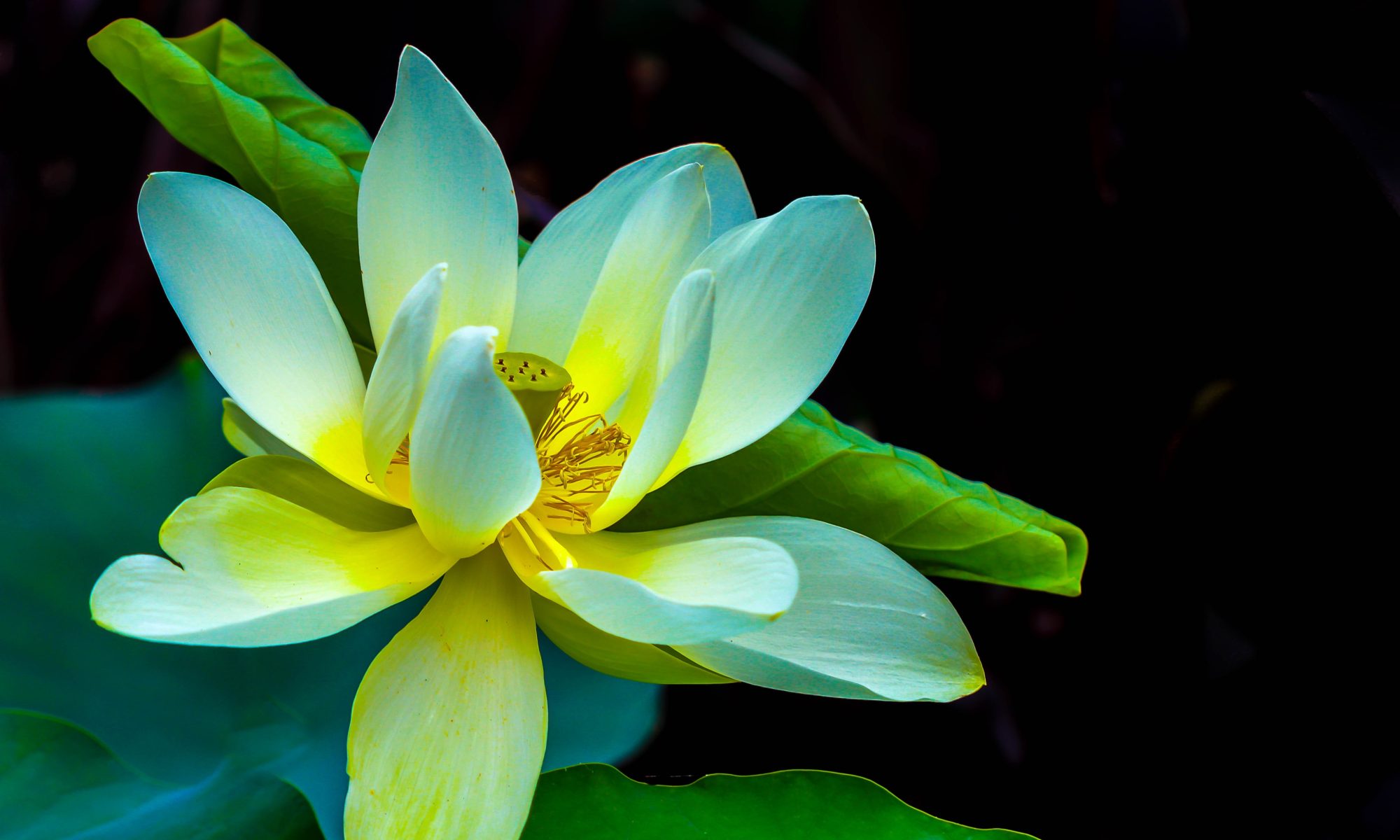A. Session 1: MEDITATION Instruction by Brother Teoh
Relax body and mind completely. Mundane thinking mind will slow downand settle down on its own. Then it will become very quiet and still. This is the meditative mind. For cultivators who have developed their Sati, if theycan just let things be, their minds will drop into this silence awareness state very quickly. Stay in that mode. Maintain awareness and relax. Continue to be aware of the breath until the mind’s awareness finally dropsto the heart area. Then if you can detect any bodily vibrations or heart beat around the heart area, stay with it. It will be very gross at first but if you can maintain the silence, it will slow down by itself and become very subtle and quiet until only awareness remains. Anchor the mind there. Maintainawareness until mind enters sati and realize passaddhi (the tranquility andstillness of mind). Then this silent mind in awareness will be able tomeditate on its own. It can be aware of all the senses door activities that arise upon contact of mind with their respective sense bases and sense datas. When this is stabilized, you will understand how your mind worksfollowing the 12 links (paticca sammupada). You can also understand how you function as a human being. There must be contact for consciousness to arise. Upon contact, how you input your content of consciousness following your memory, views & opinions, belief system and conditioning initially. We can then become aware of our aggregates of mind. It is very clear. This is Real sati. You will eventually come to understand who you are & what you are? How your physical form and mind interact? How your 6 sense bases give rise to consciousness.
Without wisdom you can only act according to memory following your views, opinions and conditioning etc. One can only act according tounderstanding if one had developed the wisdom (especially the initial wisdom of yoniso manasikara) borne of the 1st and 2nd turnings wisdom. This initial wisdom or wisdom at the moment of sense experience can be develop through listening to the true dhamma followed by constant wise reflection and contemplation of the dhamma heard. One need this initial wisdom to straighten one’s views. However, this is not the penetrative wisdom as yet but it is very useful because this can prepare the base for usto receive the penetrative awakening later on. We then won’t react tosense experience like before because this wisdom will spontaneously ariseto prompt you with the right understanding. Our Mind becomes different with this understanding. We won’t act with memory, views, opinion & conditioning after that. We will act according to understanding and wisdomafter that.
B. CHAPTER 33: NIBBANA CONT.
- NIBBANA is the unconditioned, unborn, uncreated and unoriginated. Thus, it cannot be described or expressed in words. It is not a state of Nothingness or a special mind state that can be experienced. What it is, cannot be understood in conventional terms. It can only be realizedby the Wise’s form and mind each for themselves.
- Sopadisesa Nibbana Dhatu is realized by an Arahant with the 5 aggregates of form and mind still remaining in the world. It means not his time to parinibbana as yet.
- Anupadisesa Nibbana Dhatu occurs when an Arahant attains Pari-nibbana and cease.
- Those who can get a glimpse of Nibbana become either a Sotapanna or Sakhadagami whilst the Anagami and Arahant experience it for a much longer duration.
- Bro Teoh described his experience of such Cessation as follows:Everything ceases, there was no heartbeat, no mental activity and even the pure awareness also no more but one is not dead. The body is not cold. There is a pure energy preserving the body from being destroyed. When cessation ended, the consciousness comes back, and from the heart area it splits into 3 areas of main consciousness: one part goes to the Brain, one part goes to the Navel (Tan Tien) and the rest remain at the heart area. The moment the consciousness comes back it activates back the brain, navel and heart area toreanimate the human being.
- Tammy asked: Is the Chinese saying on the ‘spirit’s Life Force being destroyed’ the same as experiencing the Nibbanic state? Brother Teoh replied: No! it was not. Nibbana is totally different.
- WISDOM is an understanding which is not rigid. Wisdom is not aKnowledge which is Rigid. Wisdom is having Right Understanding with regards to all the nature’s laws that govern all of life within this existential world of ours. They are the 5 Panca niyamas (universal orders of nature). They are Utu niyama, Bija niyama, Karma niyama, citta niyama and dhamma niyama. The first 2 are scientific laws and the last 3 are spiritual laws as stated in the 1st path factor of theNoble 8-Fold path of Right view or Right understanding. Havingwisdom is having Right View or right understanding to accept thereality of the present moment and not be attached to anything through an understanding.
8. Wisdom can be developed in 3 ways, viz:
- 1st turning wisdom (Suttamaya panna): through listening to or reading of the true Dhamma leading to.
- 2nd turning wisdom (Cintamaya panna): through constant reflection, contemplation and inquiry into the dhamma learned to develop amore stable and clearer understanding of the dhamma.
- 3rd turning wisdom (Bhavanamaya panna): Realization through the direct seeing via insight into the 3 universal Characteristics of nature.
(Above draft short notes was prepared by Sister Hooi Yoon Chun)
With metta always,






